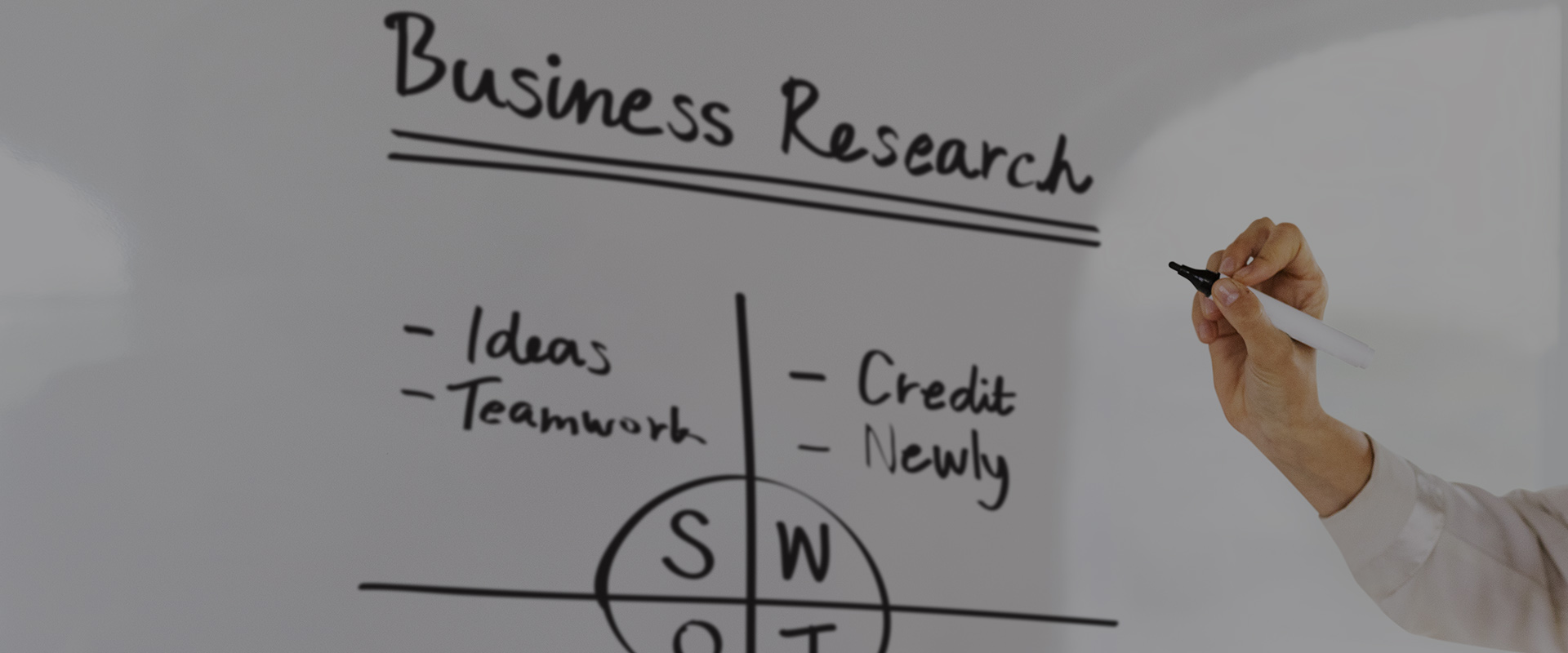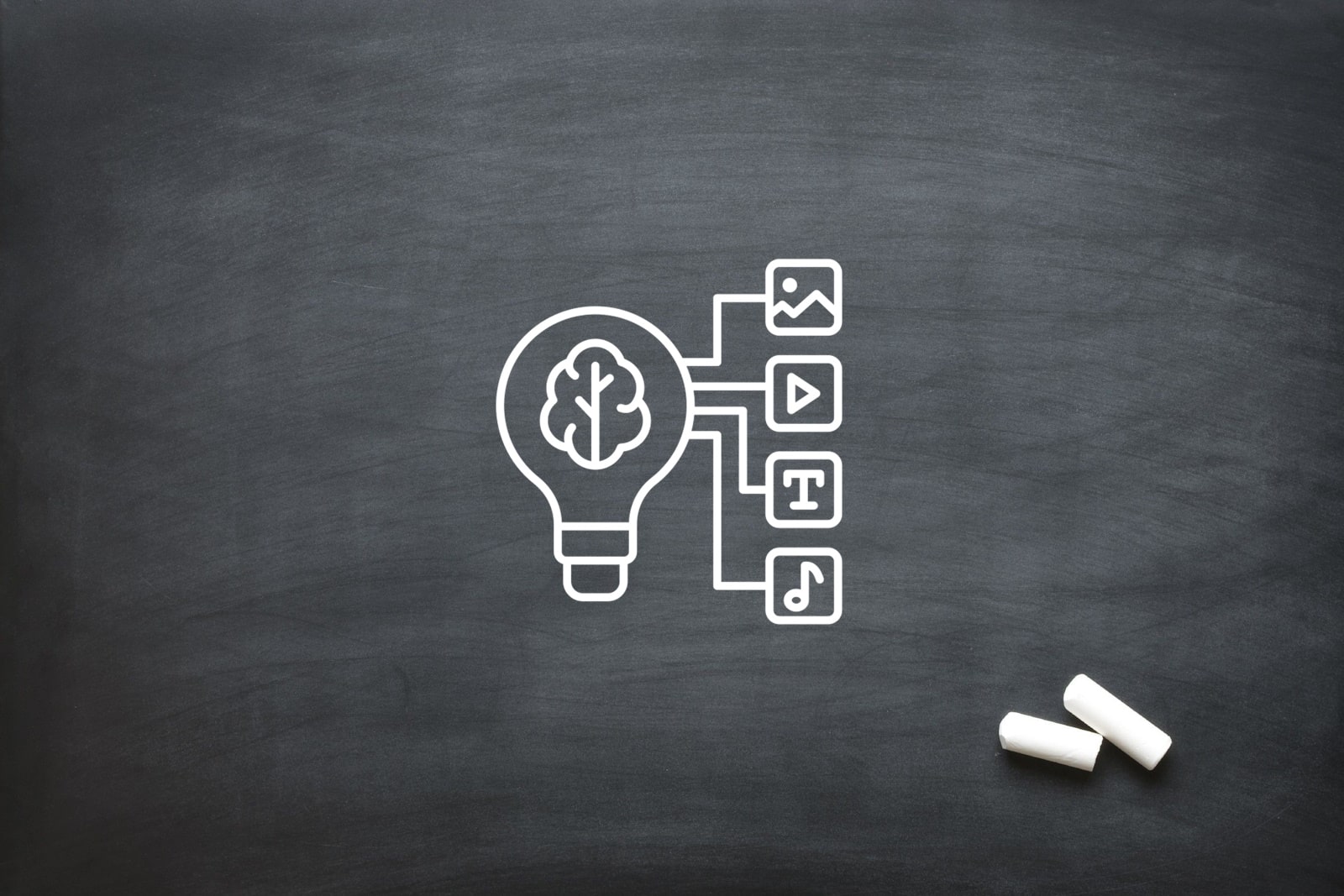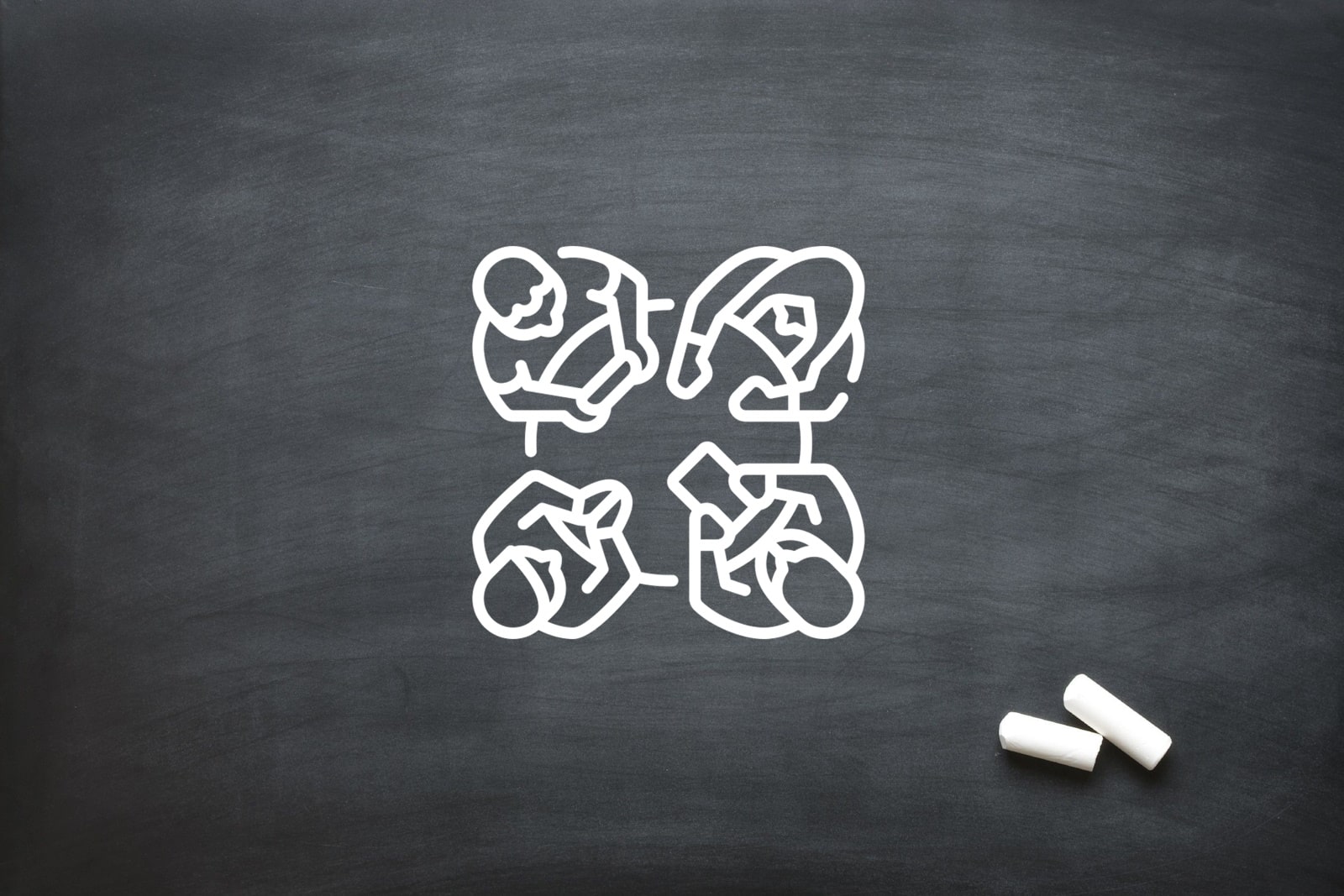
Content Options: Whiteboard Animation
Whiteboard animation is one of the younger forms of 2D animation and animated video production, finding its birth and use within the corporate world around 2007.
Much like the name suggests whiteboard animation mimics diagrams and illustrations being drawn on a whiteboard much like people have done in meetings for years.
Whiteboard animation depicts images being drawn by a hand, pen or other methods which is then accompanied by a pre-recorded voice-over to explain complex topics in a way that is engaging, fun and digestible.
These animated video productions have traditionally been used by marketing and sales staff to communicate ideas and concepts to fellow employees, investors and consumers alike!
How and why do we use Whiteboard Animation:

Humans are visual learners, preferring animated illustrations over the more traditional methods of explaining such as talking head videos.
Animation is no longer just an entertainment method for children but rather a powerful tool that allows us to dissect and communicate complex topics to individuals through the use of fun, engaging and entertaining animated segments.
Whiteboard animation technology has progressed so much from its inception, originally these animations consisted of sped-up footage of an animator drawing illustrations on a whiteboard.
The footage is then stitched together with an accompanying voice-over to produce dynamic video content.
But in recent years with access to software such as Vyond, we are able to produce these animations in record time through software alone. Making it a widely used and quick to produce medium.
Sales and Marketing staff could use these videos in a variety of ways, such as:
- Explaining concepts and procedures to staff, investors and clients
- To answer frequently asked questions
- To train individuals
- To market and sell products
These videos may be used on websites and social platforms to engage with consumers and company-related online communities.
Sales staff may opt to use these videos in sales meetings to ensure that services, products and procedures are presented to potential clients and investors in a way that is clear and engaging.
When you opt to educate your consumers on products and services you may find that they are more confident in purchasing or making use of your products and services.
Producing Whiteboard Animations:

As mentioned above, whiteboard animations can be produced quickly through the use of 2D specific animation technology.
There are however differences between low budget and high budget whiteboard animation projects, we’ll list an example of each below:
Low-budget:
Lower budget whiteboard animations are by no means inferior to higher-end whiteboard animation projects.
The key differences can be found in the time spent producing the content, how complex the topic is and how it is visualized and communicated to consumers.
Lower budget whiteboard animations would be shorter videos explaining topics that are not too complex through the use of a limited amount of animations and voice over.
The turnaround time for these videos may be a bit longer with suppliers opting to prioritize higher budget projects over their lower budget counterparts.
High-budget:
High-budget whiteboard animation projects open up a few more options when it comes to production and production time.
For example, in higher-end projects, you can present more complex topics to suppliers who may opt to work alongside subject matter experts to visualise the concept or topic through more animated slides breaking the subject matter down into digestible and understandable content.
These projects may also be subject to faster turnaround times as well as the use of more fleshed out visual representations.
Challenges and Solutions of Using Whiteboard Animation
Whiteboard animations have emerged as an effective medium for conveying complex ideas in a simple, engaging manner. By employing the power of storytelling along with visually appealing graphics, these animations have found their place in everything from marketing campaigns to e-learning modules. However, the path to creating a successful whiteboard animation is not always straightforward. This process involves navigating through a series of challenges, each requiring a specific set of solutions. This article aims to elucidate some of these challenges and offer practical solutions, helping you to leverage the potential of whiteboard animations more effectively and efficiently.
Developing a Clear Script
The success of a whiteboard animation heavily relies on a well-structured and clear script. The challenge lies in distilling complex ideas into concise, understandable language.
Solution: Spend ample time during the pre-production phase to develop a clear and concise script. It might be beneficial to hire a professional scriptwriter who understands how to communicate complex ideas succinctly. Remember, the script is the foundation of your animation; the more solid it is, the more effective your video will be.
Maintaining Viewer Engagement
Whiteboard animations, while effective, run the risk of becoming monotonous over time. The black and white visuals might fail to retain the viewer’s attention if not executed creatively.
Solution: To maintain engagement, it’s crucial to include elements of surprise and humour in your video. Vary the speed of the animation, use interesting transitions, and incorporate colourful elements strategically. Sound effects and a captivating voiceover can also significantly enhance viewer engagement.
Keeping Animation and Voiceover Synchronized
Ensuring the animation and voiceover stay in sync can be challenging. If the voiceover is too fast or too slow compared to the visuals, it could lead to viewer confusion.
Solution: It’s crucial to coordinate the timing between the voice artist and the animator. They should work together to ensure the animation corresponds with the voiceover perfectly. Professional video editing software can also assist in synchronising these elements during post-production.
Creating High-Quality Drawings
The drawings in whiteboard animations need to be clean, professional, and relatable. Poorly drawn or overly complex images can detract from the message you’re trying to convey.
Solution: Hire a professional illustrator who can create high-quality drawings. If this isn’t an option, consider using whiteboard animation software that offers a library of pre-designed images you can use.
Optimising for Multiple Platforms
Whiteboard animations might be viewed on various devices, from desktops to mobile phones. Ensuring the video’s quality is consistent across platforms can be a challenge.
Solution: Design the animation with different devices in mind. Make sure text and important visual elements are clearly visible even on smaller screens. When exporting the video, use formats that are compatible with a wide range of devices.
Ensuring the Video Serves its Purpose
The primary goal of whiteboard animation is to explain a complex concept or sell a product/service effectively. If not carefully planned, the video might fail to achieve its objective.
Solution: Before you begin, have a clear understanding of what you want your video to achieve. Keep your target audience in mind at all times, and design your animation to address their needs and interests. Always end with a clear call to action to guide viewers on what to do next.
Adhering to Brand Consistency
While whiteboard animations are relatively generic in nature, it’s essential for businesses to maintain brand consistency. There’s a challenge in integrating brand elements without compromising the simplicity and essence of the animation.
Solution: Introduce your brand’s colours subtly in the illustrations or by incorporating the company’s logo strategically within the animation. This not only reinforces brand recognition but also builds trust with the viewers.
Avoiding Information Overload
The essence of whiteboard animations is to simplify complex topics. However, there’s a temptation to cram too much information, which can overwhelm the viewer.
Solution: Prioritise the key messages you wish to convey. Break down the information into digestible chunks and ensure each segment is clearly communicated before moving to the next. Use a storyboard to visualise the flow of information.
Maintaining Cultural Sensitivity
When creating whiteboard animations for a global audience, there’s a challenge in ensuring that content does not offend any cultural group or misrepresent their beliefs.
Solution: Do thorough research on the cultures you’re targeting and avoid using symbols or illustrations that might be misinterpreted. Engage with cultural consultants if necessary, to ensure your content is universally acceptable.
Incorporating Feedback Effectively
Once the animation is created, there might be feedback from stakeholders or test viewers which may require changes. Addressing these efficiently without compromising the video’s essence can be a hurdle.
Solution: Always have a review process in place before finalising the animation. Be open to constructive feedback and prioritise suggestions that align with the video’s main objective. Regularly communicate with all involved parties to ensure the final product is aligned with the intended vision.
The creation of whiteboard animations, like any creative endeavour, comes with its own unique set of challenges. But with a clear understanding of these obstacles, thoughtful planning, and a touch of creativity, these challenges can be transformed into opportunities for delivering compelling content. By ensuring a well-crafted script, engaging visuals, synchronised voiceovers, high-quality drawings, and a clearly defined purpose, whiteboard animations can become a powerful tool in your communication arsenal. Through overcoming these challenges, we can unlock the full potential of whiteboard animations, crafting messages that not only educate and inform but also captivate our target audience.
The Neuroscience Behind Whiteboard Animation
Whiteboard animations captivate audiences through their creativity and the fascinating neuroscientific principles they tap into. The way our brains process and decode visual and auditory information plays a pivotal role in the success of this medium.
When we witness the progressive drawing in whiteboard animations, a specific region of our brain lights up. This region, associated with motion detection, becomes active since we’re hardwired to track and focus on moving objects. This evolutionary trait, once crucial for survival, now ensures our undivided attention to the evolving story on screen. Our brain eagerly anticipates the next stroke, the next shape, and the conclusion of the visual story.
The simplicity of the black-and-white palette of whiteboard animations compounds this inherent inclination towards motion. The absence of overwhelming colours reduces cognitive load, enabling viewers to concentrate solely on the content. This minimalistic approach filters out potential distractions, making the conveyed message more potent and direct.
Further deepening our engagement is the dual-coding theory from cognitive psychology. This theory posits that retention and comprehension improve when presented using visual and auditory channels. Whiteboard animations effortlessly weave narrative storytelling with compelling visuals. The synchronisation between the emerging drawings and the voiceover narration creates a harmonious dance of elements that our brains find irresistibly appealing.
Whiteboard Animation in Global Outreach and Localisation
In an age defined by its digital interconnectedness, the barriers of geography, language, and culture are continuously being eroded. Content creators, whether they are educators, marketers, or storytellers, increasingly find themselves speaking to a global mosaic of audiences. This diverse audience landscape demands flexibility and adaptability, qualities embedded in the essence of whiteboard animations.
The cornerstone of whiteboard animation’s global appeal lies in its visual-centric approach. While languages and dialects can vary tremendously, certain visual symbols and representations possess near-universal recognition. This universality ensures that the core message remains undiluted, even as peripheral elements are adapted for local tastes, ensuring clear and effective communication.
Furthermore, the digital era allows for instant feedback, and whiteboard animations capitalise on this. A global appeal doesn’t mean a one-size-fits-all approach. The beauty of whiteboard animations is their malleability. If a specific illustration or narrative element doesn’t resonate with, say, an audience in Asia, it can be swiftly replaced or modified without disrupting the entire animation. This agility becomes a powerful tool in the hands of content creators, allowing them to fine-tune their work based on real-time feedback.
Moreover, the digital format of whiteboard animations means that tweaks and refinements aren’t just possible—they’re encouraged. The format is forgiving and versatile, whether it’s adjusting the pace, swapping illustrations, or incorporating culturally relevant nuances. This adaptability ensures they remain relatable across different demographics.
Whiteboard animations brilliantly merge art, science, and worldwide communication into an engaging medium that holds both simplicity and depth. These animations are a testament to their adaptability in the ever-changing digital environment. Their universal appeal is rooted in their unique capability to grasp attention, convey information, and ignite inspiration seamlessly. Their versatile nature makes them a pivotal component in the vast realm of multimedia. As the digital world continues its rapid transformation, the significance and influence of whiteboard animations are bound to escalate. Their enduring allure and relevance and dynamic approach solidify their standing as an essential asset in contemporary visual communication.
As audiences worldwide become more selective about the content they consume, whiteboard animations offer a refreshing brevity and clarity that few mediums can match. Their capability to distil complex information into digestible visuals makes them a preferred choice for educators, marketers, and storytellers alike. As the digital landscape continues to grow and diversify, the role of whiteboard animations in shaping, directing, and influencing audience perceptions will undoubtedly expand, cementing their importance in effective communication strategies.
The Future of Whiteboard Animation
Whiteboard animation, a dynamic and evolving medium, is on the brink of a transformative era. With the integration of cutting-edge technologies and innovative approaches, it is poised to redefine the landscape of visual communication and storytelling, shaping its use in diverse sectors more profoundly than ever before.
Integration of AI and Machine Learning
The introduction of AI and Machine Learning into whiteboard animation is poised to revolutionise the creation process. AI algorithms can automate scriptwriting, making narrative development quicker and more efficient. Additionally, AI can enhance drawing techniques, leading to more fluid and lifelike animations. This integration promises to streamline production, allowing for more focus on creativity and storytelling.
Emergence of AR and VR in Animation
Augmented Reality (AR) and Virtual Reality (VR) are set to take whiteboard animation from flat screens into immersive, interactive experiences. Imagine donning a VR headset and being able to interact with a whiteboard animation in a 3D space. This advancement could significantly transform educational and training modules, offering a more engaging and effective learning environment.
Customisation and Personalisation
Future whiteboard animations will likely embrace customisation, using data analytics to tailor content to individual viewer preferences. This personalisation can make the content more relevant and engaging for each viewer, increasing its impact and effectiveness. Such bespoke animations could cater to different learning styles and viewer interests, making them more universally appealing.
Interactive Whiteboard Animations
Interactivity in whiteboard animations can significantly boost viewer engagement. Future animations may include interactive elements like quizzes, clickable areas, or decision points that change the animation’s course based on viewer input. This feature is especially beneficial in educational contexts, promoting active learning and better information retention.
Advanced Storytelling Techniques
As whiteboard animation evolves, there will be a greater emphasis on storytelling techniques that connect emotionally with the audience. Using advanced narrative structures and character development, these animations will not only inform but also evoke emotions, making messages more memorable. Storytelling that resonates on a personal level can transform educational content, marketing campaigns, and corporate communications, making them more impactful.
Integration with Social Media Platforms
Whiteboard animations will increasingly be tailored for social media platforms, where short, captivating content is key to audience engagement. This involves creating animations that are not only visually appealing but also formatted for different social media channels, considering aspects like length, aspect ratio, and interactivity. The viral potential of these animations on social media can significantly amplify their reach and effectiveness.
Advanced Analytics for Impact Assessment
The future of whiteboard animation will also see the integration of advanced analytics to gauge viewer engagement and the effectiveness of the content. By analysing viewer interactions and feedback, creators can continually refine their approach to make animations more compelling and informative. This data-driven approach will ensure that whiteboard animations are not only creative but also strategically impactful.
Blending Traditional Art with Digital Innovation
A trend towards blending traditional artistry with digital innovation may emerge, where hand-drawn elements are integrated into digital whiteboard animations. This combination can offer a unique, personalised touch that differentiates the content in a digital landscape increasingly dominated by fully computer-generated imagery.
Focus on Data Security in Animation Production
In the evolving landscape of whiteboard animation, prioritising data security will become increasingly important. With the growing reliance on cloud technologies and collaborative platforms, ensuring the protection of animation assets and intellectual property is crucial. This will involve adopting strong encryption, secure storage, and strict access controls, safeguarding sensitive information and building trust with clients and viewers. This commitment to data security is essential for complying with legal standards and maintaining the confidentiality of the production process.
The trajectory of whiteboard animation is set towards an exciting and innovative future. These advancements promise to not only enhance the visual and interactive aspects of whiteboard animations but also expand their applications, ensuring they remain a vital and versatile tool in the ever-evolving landscape of digital communication and storytelling.
Contact our team to learn more about our custom Whiteboard Animation and animated video production.
We are a leading video production company in Johannesburg and have one of the top learner management systems in South Africa. We specialise in Video Production, Photography, Graphic Design, eLearning Development, Web Design, Animation and Creative Consultation. | info@oliverkarstel.co.za | www.oliverkarstel.co.za | IG.com/oliverkarstel







